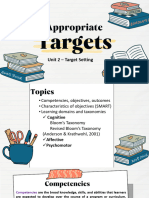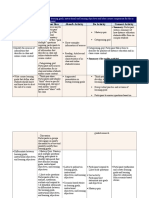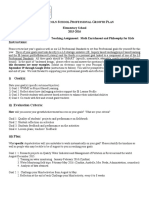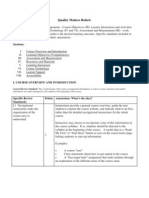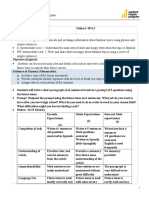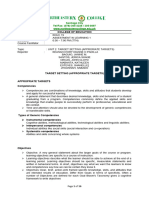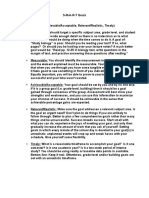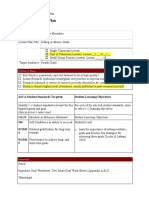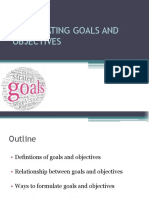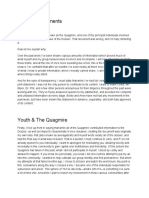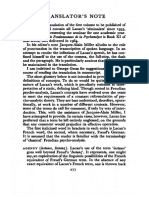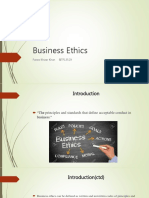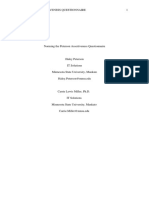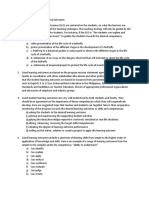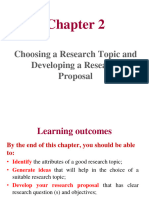0% found this document useful (0 votes)
14 views23 pagesCopia de Unit 3 - Lesson 2
This lesson focuses on teaching students how to determine actions for community projects using S.M.A.R.T. objectives. Students will engage in activities such as reading about real projects, discussing the S.M.A.R.T. method, and creating their own project objectives. The aim is to equip students with the skills to initiate effective projects within their field of study.
Uploaded by
Estefania ColomaCopyright
© © All Rights Reserved
We take content rights seriously. If you suspect this is your content, claim it here.
Available Formats
Download as PDF, TXT or read online on Scribd
0% found this document useful (0 votes)
14 views23 pagesCopia de Unit 3 - Lesson 2
This lesson focuses on teaching students how to determine actions for community projects using S.M.A.R.T. objectives. Students will engage in activities such as reading about real projects, discussing the S.M.A.R.T. method, and creating their own project objectives. The aim is to equip students with the skills to initiate effective projects within their field of study.
Uploaded by
Estefania ColomaCopyright
© © All Rights Reserved
We take content rights seriously. If you suspect this is your content, claim it here.
Available Formats
Download as PDF, TXT or read online on Scribd
/ 23





